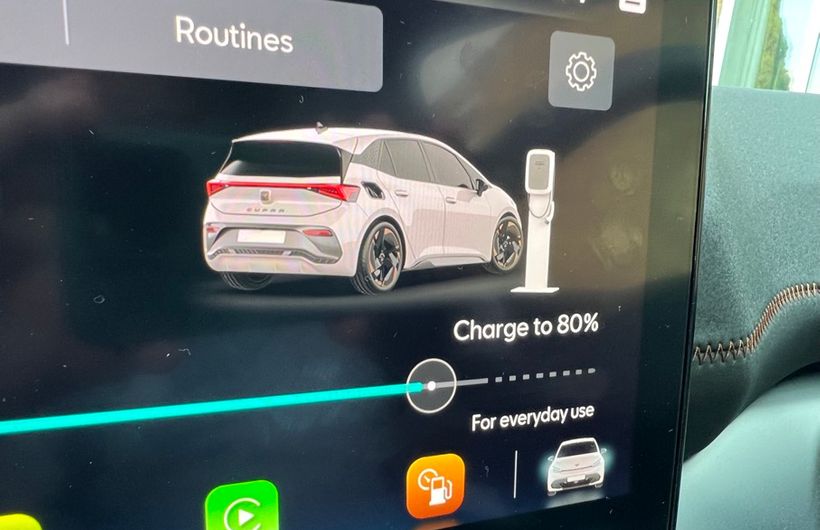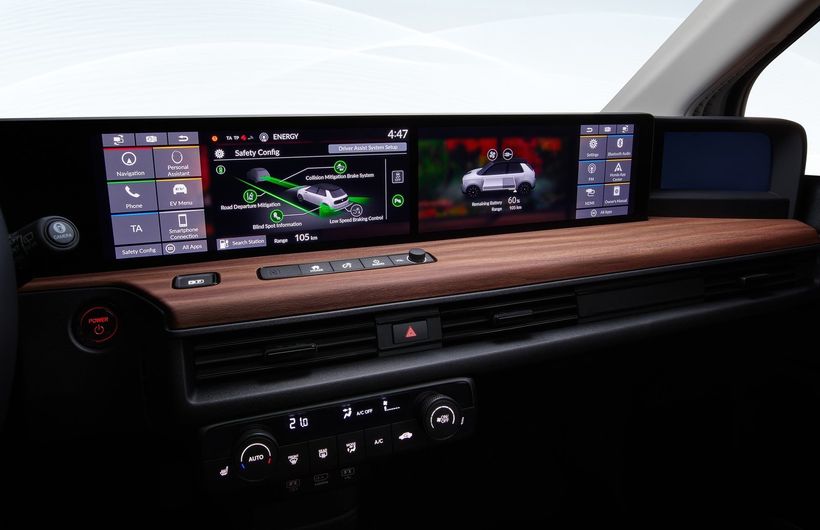We’ve teamed up with Shell Recharge to answer the questions everyone asks, bust some myths and help clear the air around electric cars. So here’s one for you…
Why should I only charge my electric car to 80%?
There are lots of reasons which we’ll cover below. In short, there are benefits to battery health and efficiency, and it can also save you time. But it’s not compulsory and it won’t invalidate your warranty if you go past 80% - it can be overridden if you’re heading off on a longer journey and need that maximum range. Here we will look at all this in a little more detail.
My car’s manual says that I should only charge to 80% if possible. Why is that?
It’s all to do with keeping your battery as healthy as possible, for as long as possible. And while it’s perfectly safe to charge your electric car to 100%, the Lithium-Ion batteries that power most electric cars are most efficient working in ranges from roughly 20 to 80%. So while you can charge to 100% when you’ve got a long journey ahead, or scrape those last few miles from the range to get you home at night, if you can avoid it the battery will thank you in the long term. Think of it like not revving your engine in a petrol vehicle to the maximum every time you drive it: you’re just being a little bit more gentle with the hardware, which tends to mean it’ll last longer and be more efficient in the future.
Even though electric car batteries are lasting far longer than even the most positive of predictions - several hundreds of thousands of miles in some cases - it’s always good to look after your things, even if you won’t be the person that has to deal with them in 10 years’ time.
 Charging to 80% is being kind to your car
Charging to 80% is being kind to your car 











